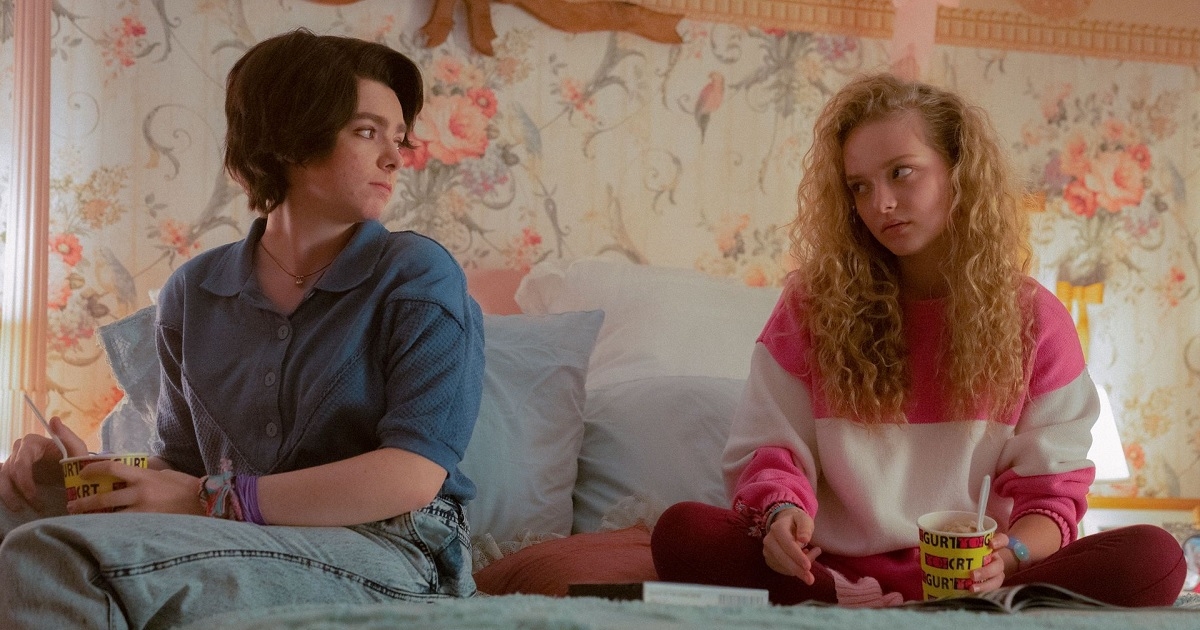A fox mother and her pup are captured on video by a low-resolution field camera near Princeton’s campus for “The Visible Wild” course, which combines environmental observation and original art creation. Watch the video for more information.
Video by Zohar Lavi-Hasson, Lewis Center for the Arts
What does it mean to always look? Do animals deserve the right to privacy? Students on the Princeton University course “The Visible Wild” asked themselves these questions and more this spring as they explored the wildlife habitats on and near campus.
The visual arts/environmental studies course was taught by Jeff Whetstone, professor of fine arts and director of the Visual Arts Program. Students looked at wildlife in person and learned techniques of wildlife surveillance photography, using remote still and video cameras to observe animal populations and their behavior. They then used this ‘found’ content from their ecological field research to create works of art with a focus on what can be discovered by looking closely at the wildlife around us.
At the Lewis Center’s CoLab in May, the class shared their latest work in “(in)Visible Wild,” an exhibition of paintings, collages, small installations featuring material from the forest, and video footage from the trail cameras.
Image from a video by Zohar Lavi-Hasson
“Art is seen by many people as something you make with your hands or something that is beautiful, that takes a lot of skill and practice,” says Whetstone, an award-winning photographer and filmmaker, whose work depicts America through lenses of anthropology and mythology. “In the Fine Arts degree, we try to push people away from that idea, that it’s really your approach to material, and in this case it’s camera images and videos that you didn’t even actually shoot.”
At the Lewis Center’s CoLab in May, the class shared their latest work in “(in)Visible Wild,” an exhibition of paintings, collages, small installations featuring material from the forest, and video footage from the trail cameras.
They left the course with a sense of awe at how much there is to see “if you take the time to observe a little more closely and what you can learn from the wild world out there,” said Maya Mishra, a member of the Class of 2022 and an ecology and evolutionary biology concentrator who also holds certificates in global health and health policy, and planets and life, and plans to pursue a career in space medicine.



